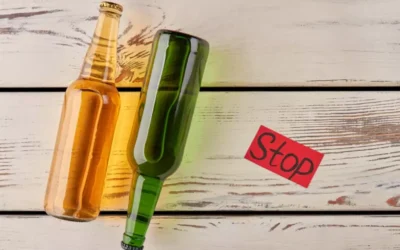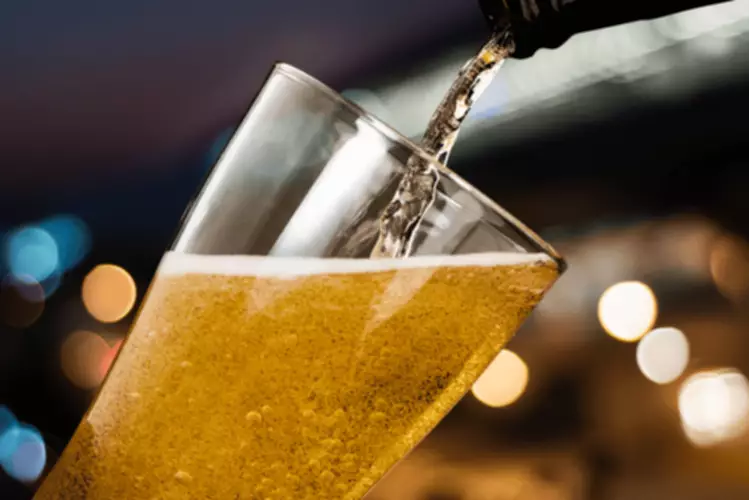Cognitive behavioural interventions in addictive disorders PMC
With regard to addictive behaviours Cognitive Therapy emphasizes psychoeducation and relapse prevention. Therefore, many of the techniques discussed under relapse prevention that aim at modification of dysfunctional beliefs related to outcomes of substance use, coping or self-efficacy are relevant and overlapping. It is now believed that relapse prevention strategies must be taught to the individual during the course of therapy, and various strategies to enhance patient involvement and adherence such as increasing patient responsibility, promoting internal attributions to events are to be introduced in therapy. Working with a variety of targets helps in generalization of gains, patients are helped in anticipating high risk situations33. Negative emotional states, such as anxiety, depression, anger, boredom are often dealt with by using substances, interpersonal conflicts that the person cannot cope with effectively or resolve and the social -pressure to use a substance31.
Social Skills Training
Motivation enhancement therapy (MET) is a brief, program of two to four sessions, usually held before other treatment approaches, so as to enhance treatment response24. MET adopts several social cognitive as well as Rogerian principles in its approach and in keeping with the social cognitive theory, personal agency is emphasized. For example, in AUD treatment, individuals with both goal choices demonstrate significant improvements in drinking-related outcomes (e.g., lower percent drinking days, fewer heavy drinking days), alcohol-related problems, and psychosocial functioning (Dunn & Strain, 2013). Additionally, individuals are most likely to achieve the outcomes that are consistent with their goals (i.e., moderation vs. abstinence), based on studies of both controlled drinking and drug use (Adamson, Heather, Morton, & Raistrick, 2010; Booth, Dale, & Ansari, 1984; Lozano et al., 2006; Schippers & Nelissen, 2006).

2. Relationship between goal choice and treatment outcomes
Despite compatibility with harm reduction in established SUD treatment models such as MI and RP, there is a dearth of evidence testing these as standalone treatments for helping patients achieve nonabstinence goals; this is especially true regarding DUD (vs. AUD). In sum, the current body of literature reflects multiple well-studied nonabstinence approaches for treating AUD and exceedingly little research testing nonabstinence treatments for drug use problems, representing a notable gap in the literature. Unfortunately, there has been little empirical research evaluating this approach among individuals with DUD; evidence of effectiveness comes primarily from observational research. For example, at a large outpatient SUD treatment center in Amsterdam, goal-aligned treatment for drug and alcohol use involves a version of harm reduction psychotherapy that integrates MI and CBT approaches, and focuses on motivational enhancement, self-control training, and relapse prevention (Schippers & Nelissen, 2006).
- High-risk situations are determined by an analysis of previous lapses and by reports of situations in which the client feels or felt “tempted.” Appropriate responses are those behaviours that lead to avoidance of high-risk situations, or behaviours that foster adaptive responses.
- To date, however, there has been little empirical research directly testing this hypothesis.
- Among the psychosocial interventions, the Relapse Prevention (RP), cognitive-behavioural approach, is a strategy for reducing the likelihood and severity of relapse following the cessation or reduction of problematic behaviours.
- In addition to issues with administrative discharge, abstinence-only treatment may contribute to high rates of individuals not completing SUD treatment.
- They found that their controlled drinking intervention produced significantly better outcomes compared to usual treatment, and that about a quarter of the individuals in this condition maintained controlled drinking for one year post treatment (Sobell & Sobell, 1973).
2. Established treatment models compatible with nonabstinence goals

Relapse prevention initially evolved as a calculated response to the longer-term treatment failures of other therapies. The assumption of RP is that it is problematic to expect that the effects of a treatment that is designed to moderate or eliminate an undesirable behaviour will endure beyond the termination of that treatment. Further, there are reasons to presume a problem will re-emerge on returning to the old environment that elicited and maintained the problem behaviour; for instance, forgetting the skills, techniques, and information taught during therapy; and decreased motivation5. Nonabstinence approaches to SUD treatment have a complex and contentious history, and significant social and political barriers have impeded research and implementation of alternatives to abstinence-focused treatment.
Balanced lifestyle and Positive addiction
If you are worried that you might be headed for a relapse, you don’t have to wait until it happens to reach out for help. It is inevitable that everyone will experience negative emotions at one point or another. It is not necessarily the abstinence violation effect refers to these natural emotions that cause emotional relapse, but how you cope with them, that does. A relapse is the result of a series of events that occur over time, according to psychologist and researcher Alan Marlatt, Ph.D.
- In other words, abstinence violation effects make a single lapse much more likely to turn into a full return to a full relapse into negative behavioral or mental health symptoms.
- These data suggest that non-disordered drug use is possible, even for a substantial portion of individuals who use drugs such as heroin (about 45%).
- Rather, when people with SUD are surveyed about reasons they are not in treatment, not being ready to stop using substances is consistently the top reason cited, even among individuals who perceive a need for treatment (SAMHSA, 2018, 2019a).
- Thus, studies will need to emphasize measures of substance-related problems in addition to reporting the degree of substance use (e.g., frequency, quantity).
Miller, whose seminal work on motivation and readiness for treatment led to multiple widely used measures of SUD treatment readiness and the development of Motivational Interviewing, also argued for the importance of goal choice in treatment (Miller, 1985). Drawing from Intrinsic Motivation Theory (Deci, 1975) and the controlled drinking literature, Miller (1985) argued that clients benefit most when offered choices, both for drinking goals and intervention approaches. A key point in Miller’s theory is that motivation for change is “action-specific”; he argues that no one is “unmotivated,” but that people are motivated to specific actions or goals (Miller, 2006). Specific intervention strategies include helping the person identify and cope with high-risk situations, eliminating myths regarding a drug’s effects, managing lapses, and addressing misperceptions about the relapse process.
CBT belongs to a family of interventions that are focused on the identification and modification of dysfunctional cognitions in order to modify negative emotions and behaviours. Harm reduction may also be well-suited for people with high-risk drug use and severe, treatment-resistant SUDs (Finney & Moos, 2006; Ivsins, Pauly, Brown, & Evans, 2019). These individuals are considered good candidates for harm reduction interventions because of the severity of substance-related negative consequences, and thus the urgency of reducing these harms.
Most scientists who studied SUD treatment believed that abstinence was the only acceptable treatment goal until at least the 1980s (Des Jarlais, 2017). Abstinence rates became the primary outcome for determining SUD treatment effectiveness (Finney, Moyer, & Swearingen, 2003; Kiluk, Fitzmaurice, Strain, & Weiss, 2019; Miller, 1994; Volkow, 2020), a standard which persisted well into the 1990s (Finney et al., 2003). Little attention was given to whether people in abstinence-focused treatments endorsed abstinence goals themselves, or whether treatment could help reduce substance use and related problems for those who did not desire (or were not ready for) abstinence. Additionally, this model acknowledges the contributions of social cognitive constructs to the maintenance of substance use or addictive behaviour and relapse1. His father and maternal uncle were heavy drinkers (predispositions to drinking, social learning). Rajiv was anxious since childhood (early learning and temperamental contributions) and avoided social situations (poor coping).


